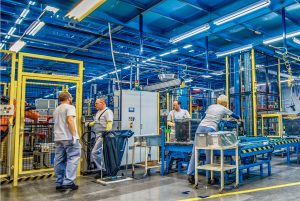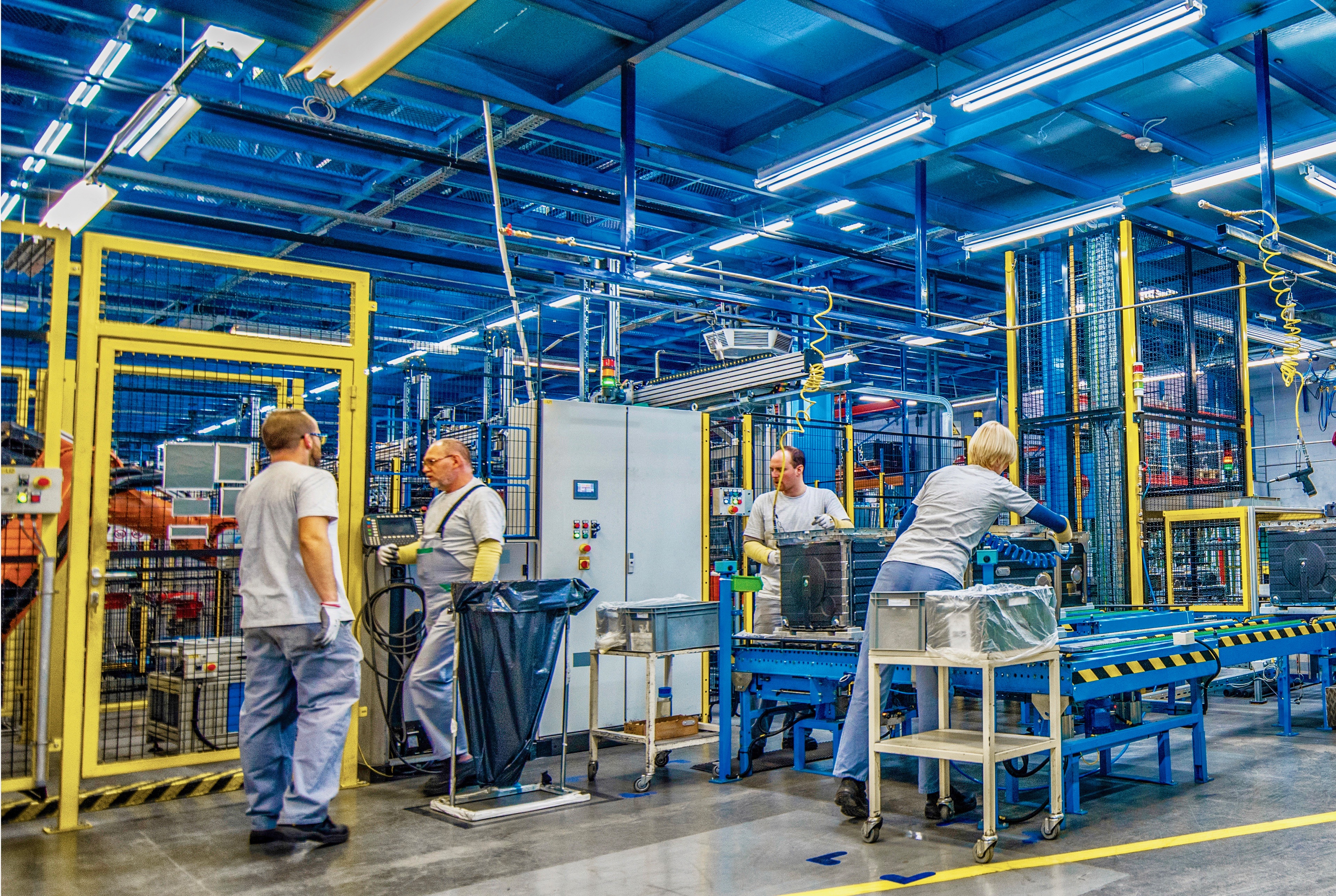
Manufacturing plants need to get back to the basic fundamentals of maintenance.

Photo: Getty Images.
In recent articles I mentioned how manufacturing plants need to get back to the basics of maintenance. We are all spending time doing root cause analysis, equipment liability trending, developing equipment ledgers and graphing everything that can be measured.
Don’t get me wrong all these activities are important and need to be done to establish long-term equipment availability.
However, the basic fundamentals of maintenance are starting to take a back seat to our new ways of measuring and improving maintenance performance. In fact, some plants have actually gone backwards in equipment reliability.
So what can we do to get these plants back to the basics?
Let’s start with daily rounds. These are currently being done; however, the checklists have been totally revamped so tradespeople look for very specific warning signs of premature wear and impending failures. We want the maintenance people to talk with machine operators to find out what they have noticed on their equipment that may indicate an upcoming failure. We want the tradespeople to become intimate with the equipment so they can start to predict the condition of the machines.
There is no other tool in the world that is more effective than operators and tradespeople recognizing new smells, sounds, temperatures and the vibration of the equipment. Using our senses to predict failure in my opinion can detect 75 per cent of all equipment failures. Machinery will almost always provide some kind of advanced warning, we just need to recognize them and act accordingly.
One of the most important fundamentals is lubrication. There are very few maintenance activities more important than equipment having adequate lubrication applied at the right time, in the right place and in the correct amount. The tradesperson or an equipment operator can apply lubrication. Both of them need to be trained with the specific lubrication needs of each piece of equipment. Just because a person has a journey person certificate does not mean that they know the type of lubricants to use, and when, where, or how much to apply.
To me manual lubrication is best. We will always know when the lubrication was completed and how much lube was administered. For lubrication points that are not accessible, lube lines are ran to deliver the lube to the exact point where it is needed. Some plants have moved to auto lubricators. But let’s not forget these are not maintenance free and they need continuous care. We need to check the reservoirs on a consistent frequency to make sure they have sufficient lubrication to last to the next interval of checking. We need to make sure we record the level of reservoir lubricant to make sure it is delivering lubrication between our level checks.
Here is a recent story, a bearing in a mixer failed that was connected to an auto greaser. On further analysis, one of our root cause tools, it was discovered that the lube lines were plugged. The level in the reservoir had not been checked, therefore the bearing failed due to lack of lubrication. On further investigation it was discovered that the lube lines that had been installed by the maintenance department were too small. Instead of ¼ ID the lines were ¼ OD. The pressure inside the lubricator did not have sufficient strengthen to push the lubrication through the smaller lines into the bearing. In fact, the grease inside the lines had become thick and hard from sitting static in the lines.
This failure cost several hours of down time. Since then the other dozen or so lubricators in the rest of the plant were found to also have the small lines installed. Presently a decision is being made to change to lines to the proper size or remove the auto lubricators and install grease fittings for manual greasing. You can see where one missed installation instruction can affect the reliability of your whole plant.
Automatic lubricators are not fail safe and If you have ever removed one from its packaging for the first time you will see installation instructions, recommended maintenance instructions and a troubleshooting guide. The moral of the story is auto lubrication is fine but they need attention and PM routines to check their operation.
The basic fundamentals of maintenance are needed as part of our maintenance program to sustain reliability regardless of how advanced we become with new technics. There is no substitute for human intervention. Basic maintenance practices have proven themselves over and over again in every manufacturing process. They need to be one of our primary methods of equipment monitoring to increase equipment reliability. I challenge ever plant that has daily equipment rounds by asking them, are you sure these checks are effective or are they just busy work for tradespeople when there is nothing else to do? Are the checks producing some repair work orders? When a break down occurs do you ask, could this have been detected earlier and fixed before the failure?
We also need effective maintenance instructions with every work order. Specific versus general instructions for every maintenance routine, so meaningful data is being returned from the field. If we take our car to a repair shop we wouldn’t pay money for a diagnosis that wasn’t specific. We want a clear report that tells us exactly what was found, what’s wrong and what time and parts are needed to fix it. What we
do at our plants and during our preventive maintenance checks should be no different.
Advanced tools such as vibration analysis, oil sampling and many other predictive tools help us predict the other 25 per cent of failures, the failures that cannot be predicted by the human touch. We definitely need to implement them with our regular PM schedules to complete a comprehensive maintenance program
for every piece of equipment.
We have many new tools in our toolbox to provide better equipment availability. But sometimes good old fashion maintenance practices are still our best friend.

